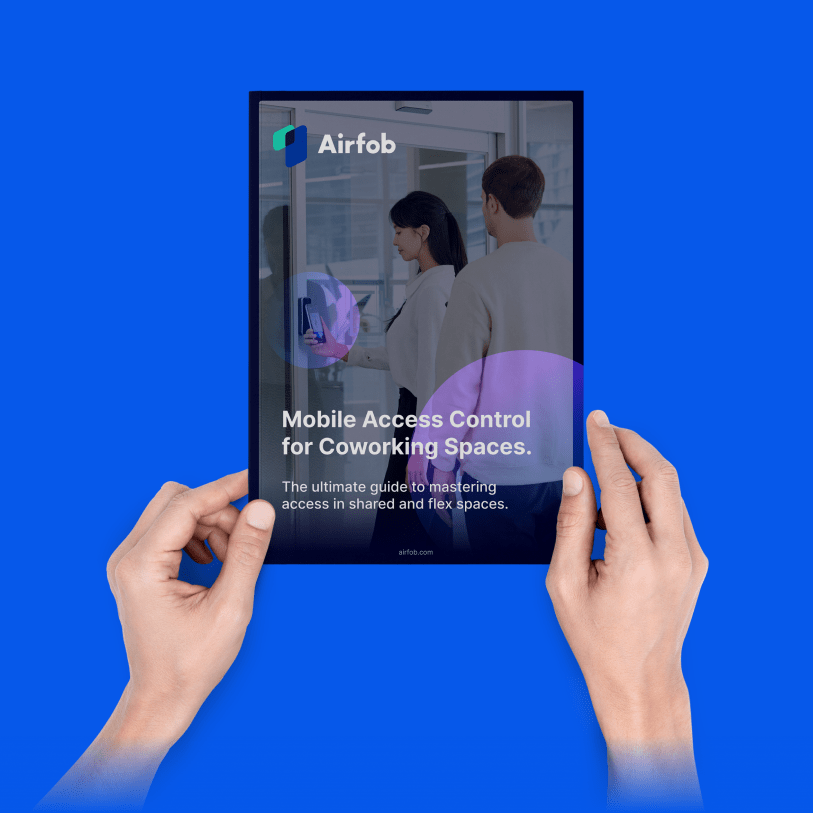How does mobile access control work for coworking spaces?
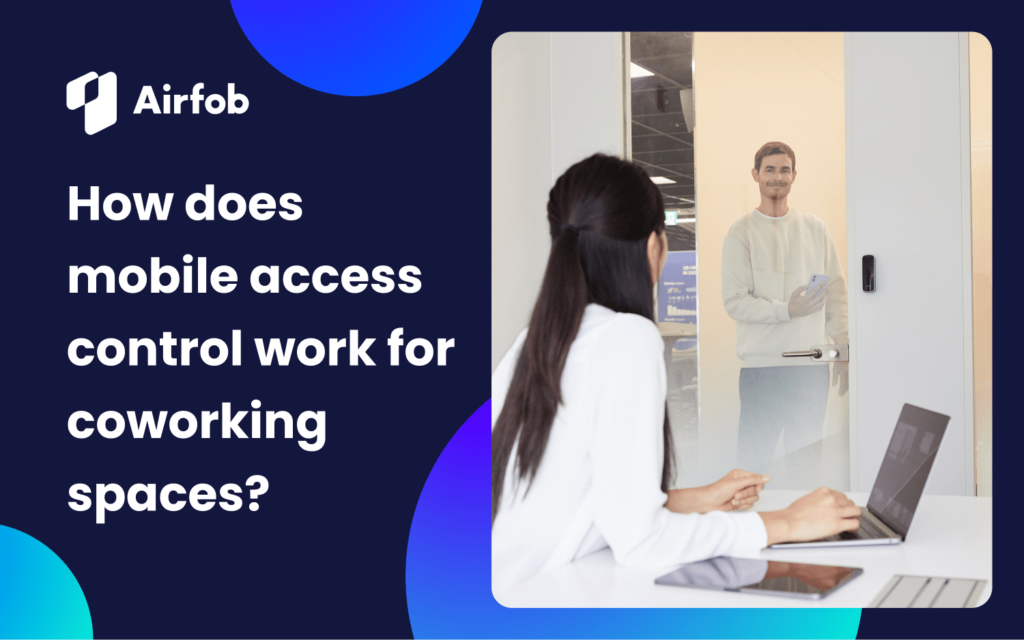
Mobile access control represents a significant leap forward in the way we manage and secure coworking spaces. Modern solutions such as Airfob provide a comprehensive approach that leverages cutting-edge technology to streamline access management.
Core Technology.
Mobile access control leverages advanced technologies such as Bluetooth and NFC (Near Field Communication) and cloud technology through smartphone connectivity to provide seamless and secure access.
Bluetooth.
Mobile access control systems utilize Bluetooth Low Energy (BLE) to communicate between the smartphone and the reader. It is widely used due to its reliability and ease of integration.
- Longer range: BLE can operate over distances of 10 meters, providing flexibility in how users interact with access points. This is particularly useful in scenarios where users need to access doors from a distance, such as unlocking a gate from inside a vehicle.
- Battery efficiency: As the name suggests, BLE is designed to consume less power, making it ideal for mobile devices that rely on battery power.
- Versatility: BLE can support a wide range of applications revolving around access control, including location-based patrol check for security guards and IoT integrations.
NFC (Near Field Communication).
Some smartphones also support short-range communication between the smartphone and the reader using NFC. NFC is known for its security and fast data transfer.
- Security: The short range of NFC inherently reduces the risk of eavesdropping and unauthorized access. The phone must therefore be tapped on the reader directly.
- Digital wallets: Apple, Samsung and Google smartphone all rely on NFC for their respective mobile credentials and offer a convenient and unified platform for both payment and access control.
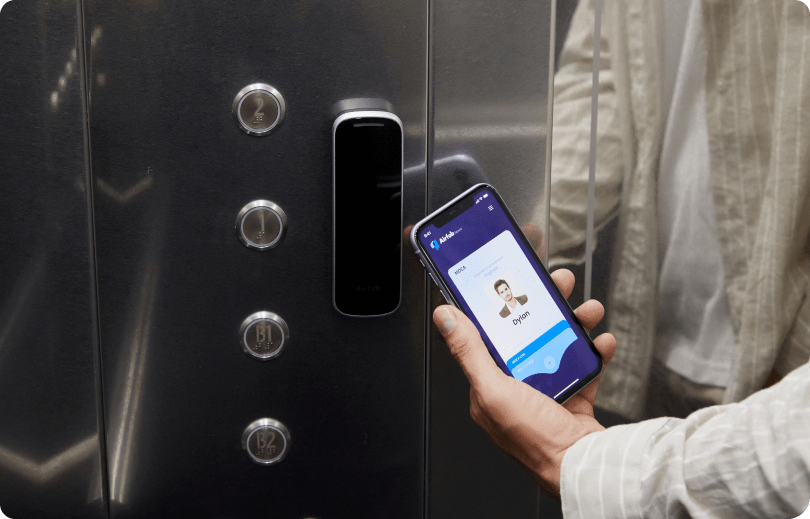
Cloud technology.
Cloud technology plays a crucial role by hosting the access control system on a remote server, providing administrators with the ability to manage access from anywhere at any time.
Remote Management: With cloud access control, administrators can manage access control policies, user permissions, and credentials from anywhere with an internet connection. This eliminates the need for physical access to on-site servers, allowing for greater flexibility and efficiency in system management.
Scalability: Cloud-based systems are inherently scalable, allowing organizations to easily add or remove users, devices, and access points as needed. Whether expanding to new locations or accommodating growing user bases, cloud access control systems can adapt to changing needs without the limitations of traditional on-premises infrastructure.
Real-time synchronization between locations: Cloud access control systems provide instant updates and synchronization across all connected devices and access points. Therefore, changes to access permissions or user credentials are immediately propagated throughout the system, anywhere in the world.
System Components.
When a user approaches an access point, their mobile credential is verified in real time by the cloud-based system, either through the reader ethernet connection, or the smartphone internet connection if the reader is offline.
Once verified, access is granted instantly, ensuring a seamless entry experience. This real-time verification process not only enhances security but also improves user convenience by eliminating the need for physical keys or cards.
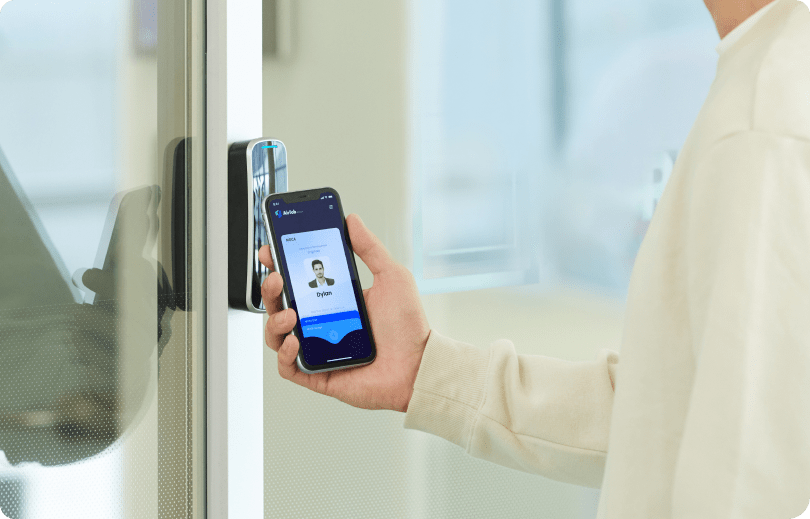
Mobile authentication using a mobile app.
Mobile credentials or mobile cards are the digital equivalent of traditional access keys or cards, stored securely on a user’s smartphone.
These credentials are created and managed through a secure cloud-based platform, which ensures that they are unique and encrypted to prevent unauthorized duplication or misuse.
When a user registers with the mobile access control system, a digital credential is generated and sent to their mobile app. This credential is then used to authenticate the user’s identity whenever they approach an access point, such as a door or elevator, and tap their smartphone on the access control device.
The use of mobile credentials enhances security by leveraging the advanced encryption and authentication capabilities of modern smartphones, while also providing unparalleled convenience by eliminating the need for physical keys or cards.
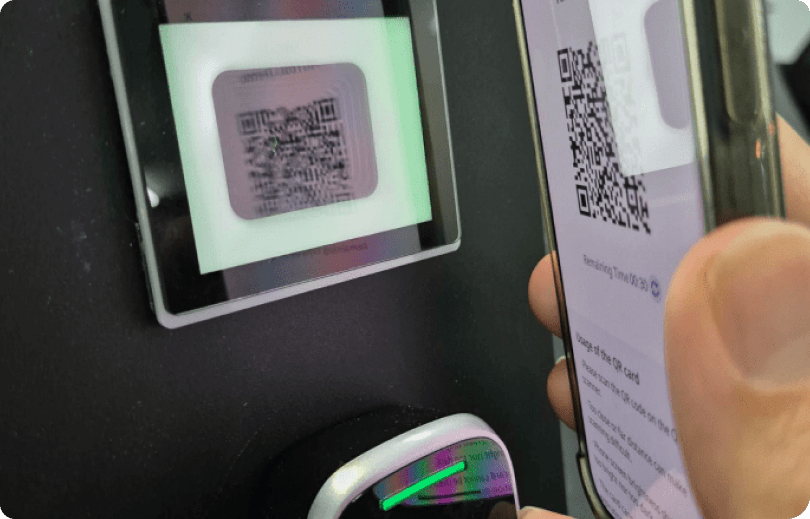
Mobile authentication without using an app.
App-less credentials or web cards, offer an alternative to mobile cards by providing secure access, from their phone, without the need for a dedicated mobile app.
- QR Pass uses a dynamically generated QR code that can be scanned at access points to verify a user’s identity. These codes are unique, time-sensitive, and can be refreshed periodically or expired to maintain security.
- Link Pass operates through a secure URL sent to the user’s email or SMS, allowing them to access specific areas by clicking the link.
Both QR Pass and Link Pass are generated and managed through a secure cloud platform, ensuring that access remains controlled and traceable. These app-less credentials are particularly useful for visitors, temporary access or for users who do not wish to install an app, offering flexibility and ease of use while maintaining robust security standards.
Access control readers and sensors.
At the access points, various readers and sensors are installed.
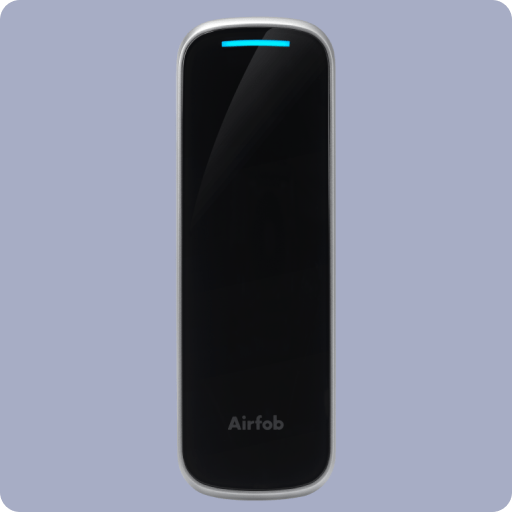
Airfob Edge Readers are typically used for doors and elevators, providing secure and convenient access.
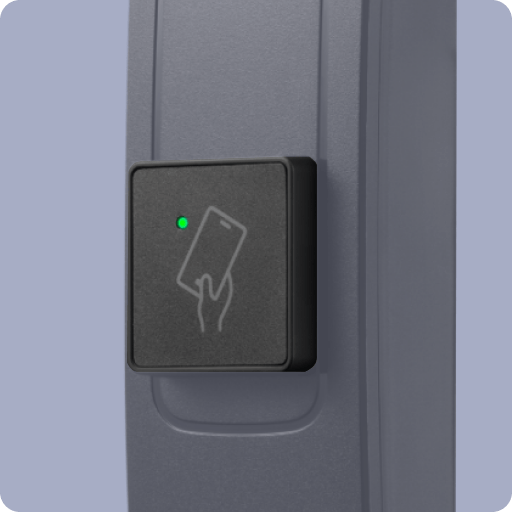
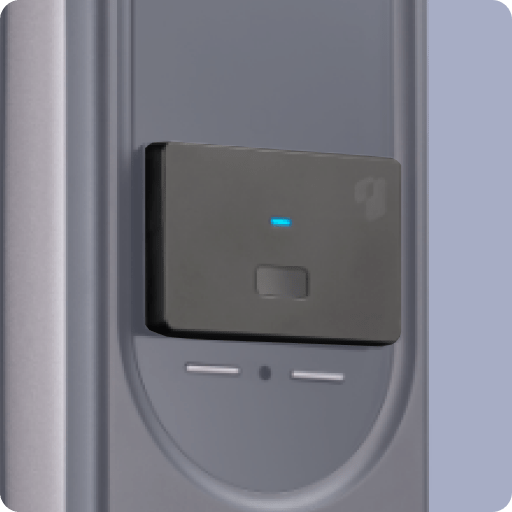
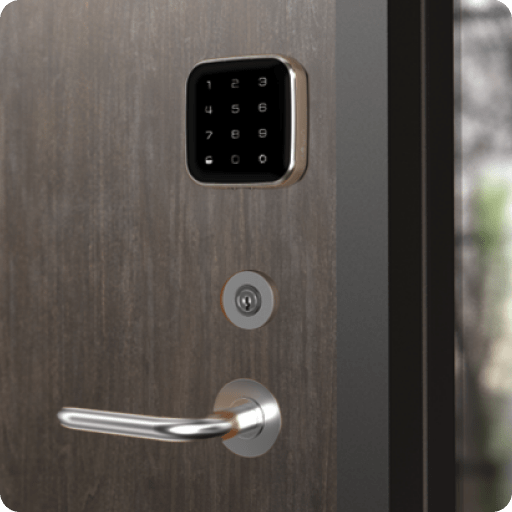
Airfob supports compatible third-party locks, including smart cabinet locks and digital door locks, ensuring a flexible and scalable access control system.
Integration capabilities.
Airfob’s mobile access control system is designed to be compatible with existing infrastructure, making upgrades easy and cost-effective. The Airfob Patch and Tag can be quickly added to existing systems, providing instant enhancement without the need for extensive modifications.
Furthermore, the system’s integration capabilities extend to other security and management systems, thanks to its robust API and SDK. This allows for a unified security ecosystem where access control works seamlessly with coworking space operators’ bespoke applications or third-party coworking management services.
Memberships
Seamlessly manage member credentials and access rights through a unified mobile platform.
Visitor Management
Enhance security and convenience with digital visitor passes and real-time tracking.
Time & Attendance
Automatically log work hours and attendance using mobile access data for accurate payroll processing.
Room Booking
Enable easy reservation of meeting rooms directly through the mobile app, improving space utilization.
Video Surveillance
Integrate with CCTV systems for comprehensive security monitoring and instant alerts on unauthorized access.
Workplace Experience
Elevate member satisfaction with personalized access to amenities and seamless interaction with coworking resources.
Space Analytics
Gain insights into space usage patterns and occupancy rates to optimize resource allocation and planning.
Billing
Streamline financial operations by linking access control data with billing systems for automated invoicing and payment processing.
FREE EBOOK
The ultimate guide to mastering access in shared and flex spaces.
Download your
free eBook!
This eBook is particularly valuable for coworking space owners, managers, and anyone interested in the future of flexible work environments.
